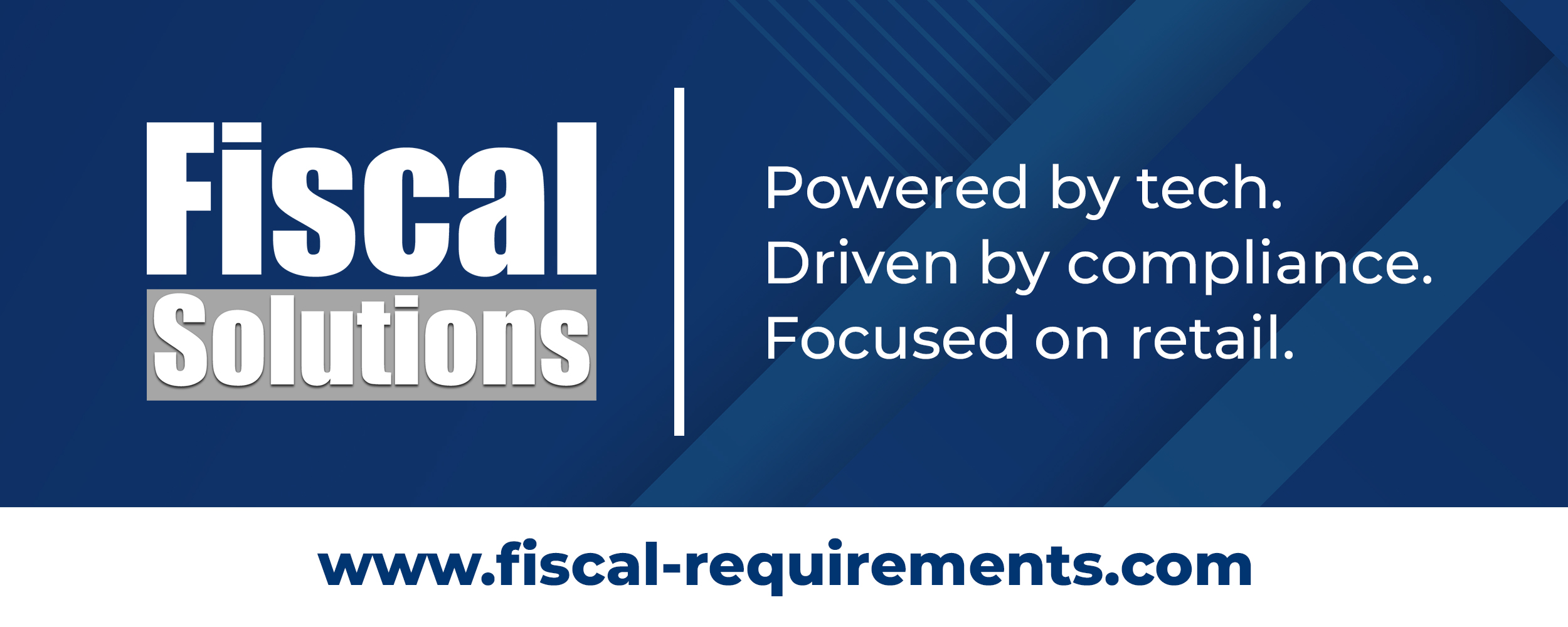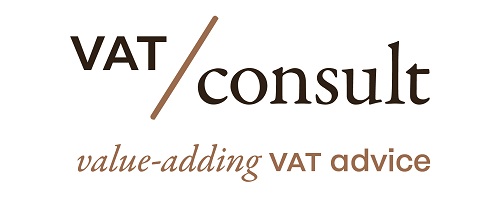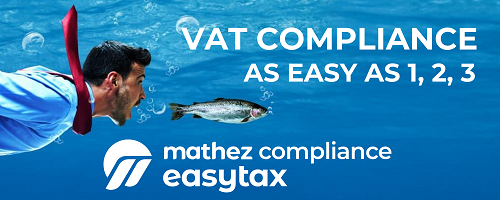The adaptation of the VAT Directive to the new digital reality requires a change in the treatment given to electronic invoices. Until now, the VAT Directive has put on an equal footing paper and electronic invoices. Article 232 required that the issuance of electronic invoices be subject to the acceptance of the recipient. This requirement impeded Member States from implementing mandatory electronic invoicing that could be used as a basis for an electronic reporting system. It also slowed down the development of electronic invoices, as taxable persons could not adapt their invoicing systems to implement full electronic invoicing because they had to issue paper invoices whenever the recipient did not accept electronic
invoices.
The proposal changes this situation, providing in Article 218 that electronic invoicing will be the default system for the issuance of invoices. The use of paper invoices will only be possible in situations where Member States authorise them. This authorisation cannot cover those cases that are subject to the reporting obligations in Chapter 6 of Title XI, as that would prevent or create difficulties for the automatic reporting of the data. Taxable persons will always be allowed to issue electronic invoices according to the European standard. This standard is the one adopted by the Commission Implementing Decision (EU) 2017/1870 according to the request laid down in Directive 2014/55/EU. The issuance and transmission of electronic invoices cannot be conditional on a prior authorisation of validation by the tax authorities of the Member State in order to be sent to the recipient. Several Member States have been granted a special measure to apply mandatory e-invoicing, where such clearance systems have been implemented. These systems can only be applied by those Member States up to 1 January 2028, ensuring the convergence with the EU digital reporting system.
To ensure that taxable persons will not depend on the authorisation of the recipient to issue an electronic invoice, Article 232 is deleted from the VAT Directive. Further, the definition of electronic invoice in the VAT Directive is changed to align the concept with the one in Directive 2014/55/EU on electronic invoicing in public procurement, which regulates electronic invoicing in B2G transactions. As a result, when referring to electronic invoices in the VAT Directive, reference will be made to structured electronic invoices.
- Commission Implementing Decision (EU) 2017/1870 of 16 October 2017 on the publication of the reference of the European standard on electronic invoicing and the list of its syntaxes pursuant to Directive 2014/55/EU of the European Parliament and of the Council (Text with EEA relevance. )
Source eur-lex.europa.eu
- Directive 2014/55/EU of the European Parliament and of the Council of 16 April 2014 on electronic invoicing in public procurement Text with EEA relevance
Source eur-lex.europa.eu















